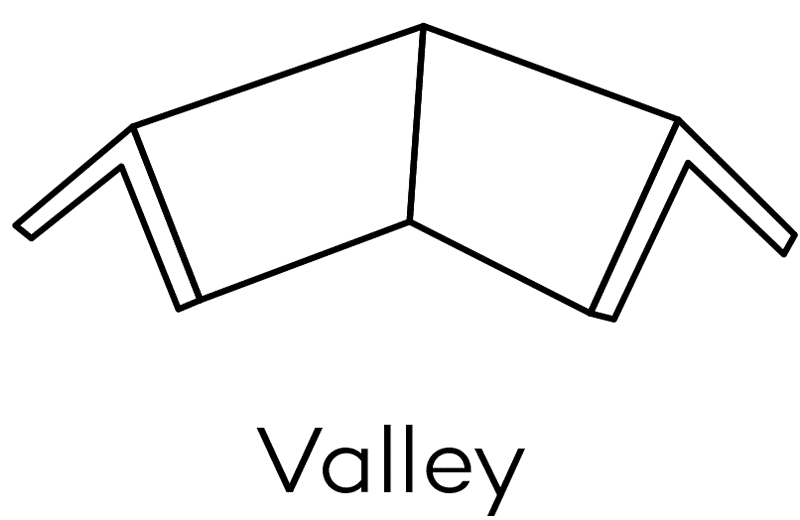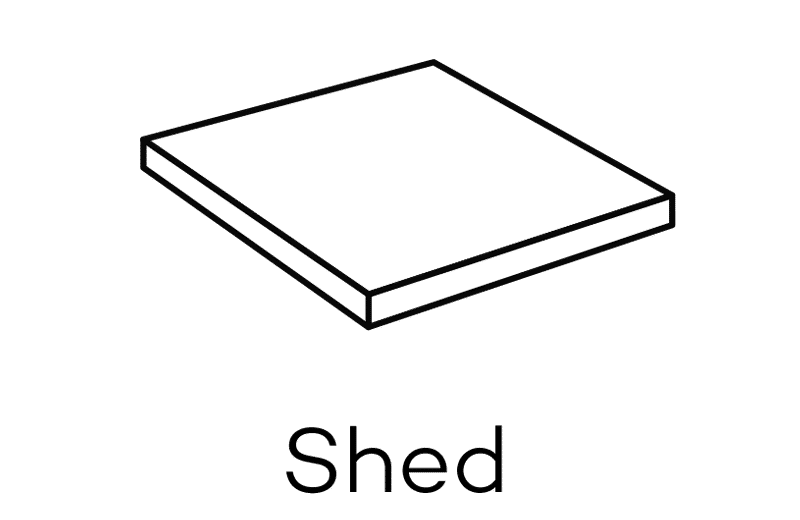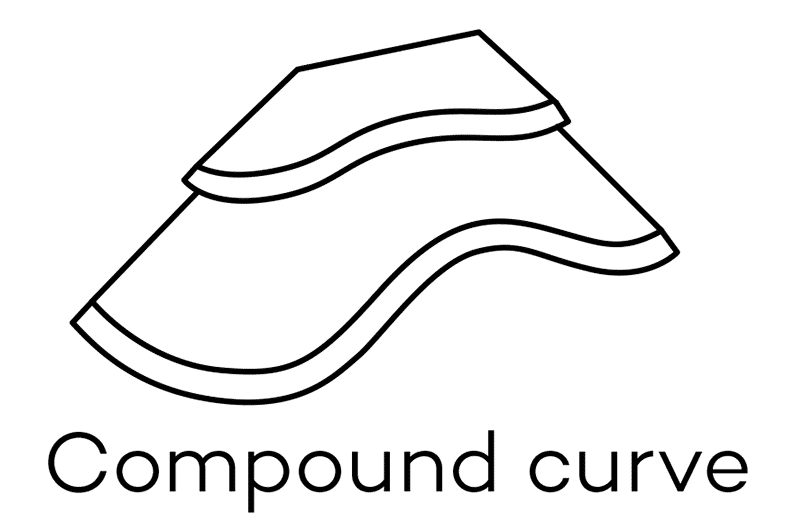
Installation Tips: What Eave Types Work With A Capetown Roof?
eave waddCapetown synthetic thatch works well with eave wadd, island eaves or built-up eaves. This thatch, part of our Regions’ Series, has a gorgeous trimmed, coarsely textured appearance. Capetown is made with a longer reed. This product has the look and feel of African Yellow Grass. This type of grass is also called “Cape Reed.” It replicates a typical African-style thatching.
You can install it on the following roof types: Valley, Shed, Hip, Gable, Cone, or Compound curve.




Feel free to install Capetown synthetic thatch on any sloped roof that has a 2/12 (2:12) or greater roof pitch. If you are a DIY enthusiast and new to roofing you should know your roof’s pitch before starting this project. So, for every 12 horizontal feet, the roof must drop at least two feet if you want to install this synthetic thatch product. And if your roof is below this ratio, you will need to install a different type of roofing product. Keep in mind, 2/12 is a low-pitched roof. So, this synthetic thatch can actually be used on most roofs.
CAPETOWN ROOF EAVE TYPES AND INSTALLATION
We usually suggest the use of SOPREMA waterproofing membrane. Also, use flashing on the overhang at the edge of the roof to make a nice drip edge. Plus, check the weather and comply with the low-temperature installation restrictions when installing the underlayment.
An eave wadd looks amazing with this product. Capetown is made to look like coarse reed, and it’s easy to get a tailored appearance using an eave wadd. We especially think the eave block installation makes this product look amazing. Here’s a great demonstration video of the eave wadd installation process.
INTERESTED IN A CAPETOWN ROOF?
Contact Endureed today!

